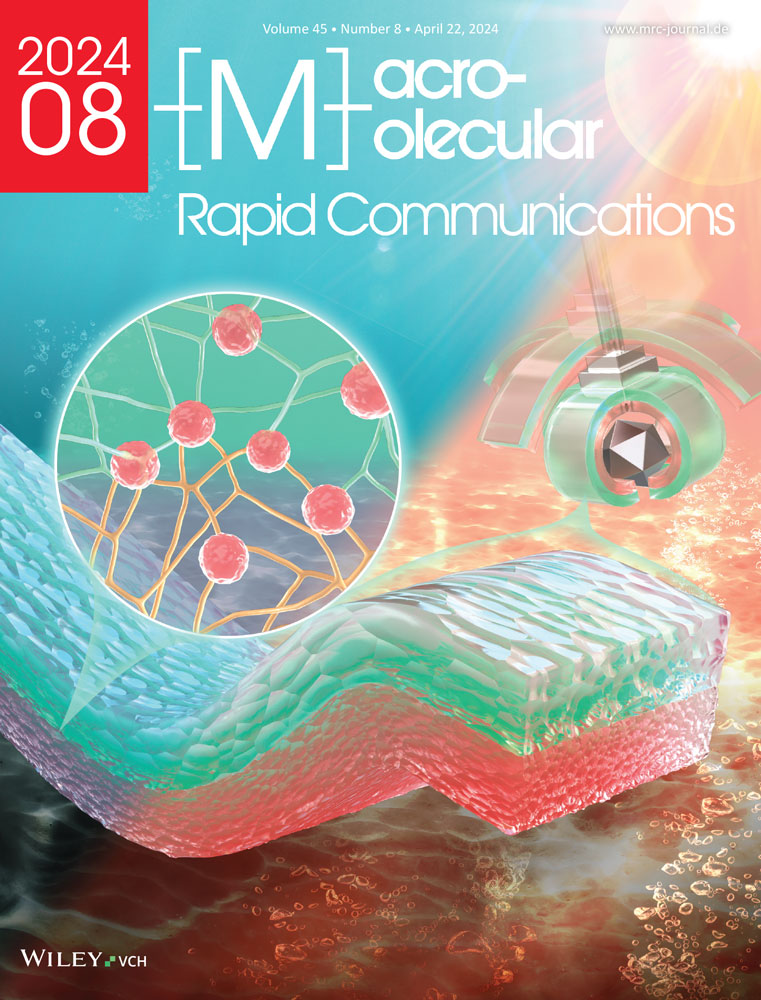Constructing Novel High Dielectric Constant Polyimides Containing Dipolar Pendant Groups with Enhanced Orientational Polarization
Abstract
Polymer dielectrics with high dielectric constant are urgently demanded for potential electrical and pulsed power applications. The design of polymers with side chains containing dipolar groups is considered an effective method for preparing materials with a high dielectric constant and low loss. This study synthesizes and comprehensively compare the dielectric properties of novel polyimides with side chains containing urea (BU-PI), carbamate (BC-PI), and sulfonyl (BS-PI) functional groups. The novel polyimides exhibit relatively high dielectric constant and low dielectric loss values due to the enhanced orientational polarization and suppressed dipole-dipole interactions of dipolar groups. In particular, BU-PI containing urea pendant groups presents the highest dielectric constant of 6.14 and reasonably low dielectric loss value of 0.0097. The strong γ transitions with low activation energies derived from dielectric spectroscopy measurements have been further evaluated to demonstrate the enhanced free rotational motion of urea pendant dipoles. In energy storage applications, BU-PI achieves a discharged energy density of 6.92 J cm−3 and a charge-discharge efficiency above 83% at 500 MV m−1. This study demonstrates that urea group, as dipolar pendant group, can provide polymers with better dielectric properties than the most commonly used sulfonyl groups.
Conflict of Interest
The authors declare no conflict of interest.
Open Research
Data Availability Statement
The data that support the findings of this study are available in the supplementary material of this article.




